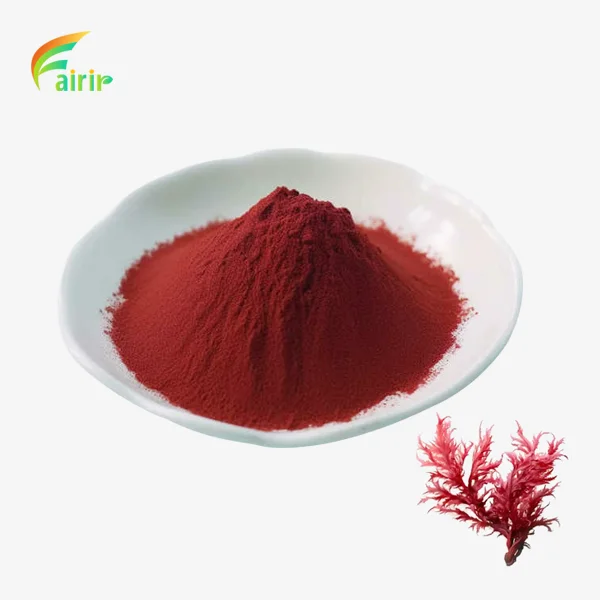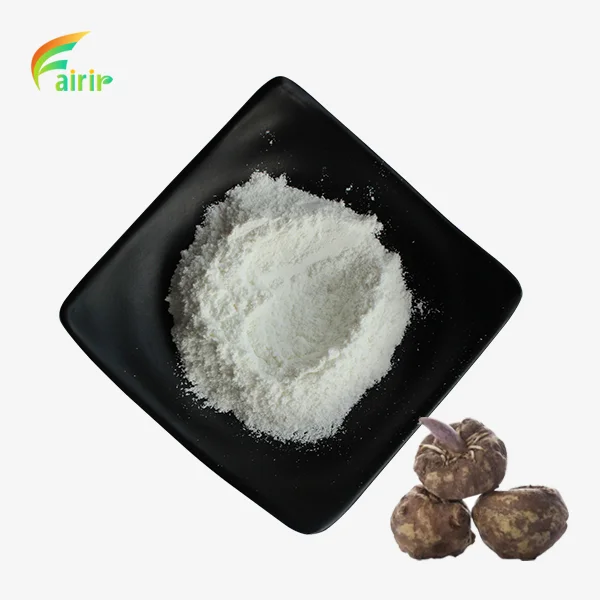Why Matcha Is So Popular?
What is Matcha
Matcha is made from shade-grown green tea leaves. It literally means “powdered tea.” The whole leaves are ingested, it’s a more potent source of nutrients than steeped green tea. The shade-grown green tea leaves produce more active ingredients. Tea trees are shaded from strong sunlight to increase theanine, chlorophyll, which can reduce the bitterness as well as insure good color for the matcha powder to the maximum extent. After the harvest, the leaves are steamed to deactivate enzymes, then they are dried and the stems and veins are removed, after that they are grinded or milled into powder. Matcha retains the original natural green color of green tea to the greatest extent, as well as its nutritional components.
Benefits
Matcha powder is rich in necessary nutrients for the human body. In addition to providing small amounts of vitamins and
minerals, matcha is rich in antioxidants called polyphenols, which have been tied to protect against heart disease and cancer, as well as better blood sugar regulation, blood pressure reduction, and anti-aging.
Advantages
When you order traditional green tea, components from the
leaves get infused into the hot water, then the leaves are discarded.
But for matcha, you’re drinking the actual leaves, which have been finely powdered and made into a solution, traditionally by mixing
about a teaspoon of matcha powder with a third cup of hot water (heated to less than a boil), which is then whisked with a bamboo brush until it froths.
Application
Food industry: matcha can be consumed as tea directly in daily life. It can be used as green pigment for food and drinks, such as ice-creams, bread, cheese, cake, noodles, milk shakes, chocolate, salad and so on.
Health field: applied to skincare and health products.











_1751965378790.webp)